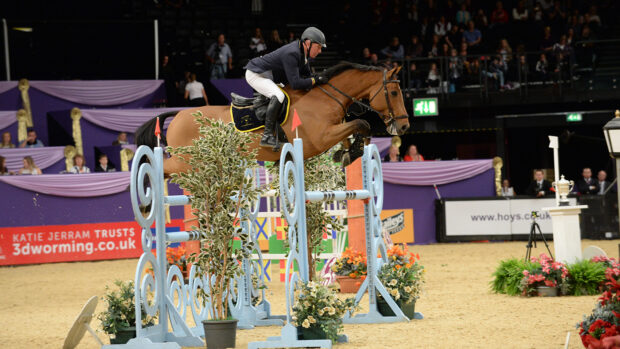Pain-Free Horse Riding is a book billed as the first to combine exercises for all levels of ability of horse riders to increase strength and flexibility and improve riding and address the pain they suffer from and how to relieve it. It also looks into why riders have pain and tension and how these problems can affect both their horse and their riding.
Author Nikki Robinson, who is an experienced horse owner, rider, physiotherapist and Myofascial Release therapist, offers realistic ways to improve common conditions such as back and neck pain, tendonitis, fibromyalgia, osteoarthritis, joint pain and stiffness and repetitive strain injury.
The format of this book allows readers to complete it from cover to cover, or to dip in and out of different chapters. Pain-Free Horse Riding is relevant to both those already suffering from pain while riding and also to those who are not as it provides readers with the resources and information to prevent pain occurring in the first place.
In this book extract, Nikki Robinson focuses on riding posture — the position of  your head, shoulders, back, buttocks and legs — and how this affects your riding:
your head, shoulders, back, buttocks and legs — and how this affects your riding:
Your skeleton only has the structure that it has because of the soft tissue holding the bones in their relative positions — without it you would simply be a pile of bones. So if your muscles are tight your whole skeleton will be pulled out of position. This makes it extremely difficult to achieve a toned and balanced posture. Muscles can appear weak if they are tight or twisted. Often, riding instructors will repeatedly tell their pupils to pull their shoulders back, put their heels down, and sit up straight. The reason this is so difficult to maintain is that tension within your body is pulling you into different positions.
Muscles in your body tend to work in pairs, often front to back; for example, your biceps and triceps muscles in your upper arm. In order for one muscle to work effectively (the agonsit), its opposite muscle must be able to relax (the antagonist.) Therefore, if you have tension that you can’t let go of, the opposite muscle group will not be able to work correctly. This will have a big impact on your riding when you are trying to keep your hands soft and your seat light. Another implication of your alignment is the way that weight is transferred down your body as you are riding. If you are tense and in the wrong position, it will be difficult to feel what your horse is doing under you. The more out of alignment you are, the harder it is to stay balanced, meaning that you are more likely to fall off.
Of course, your horse’s muscles also work in this way, with one set of muscles needing to let go to allow the opposing muscles to work effectively. So imagine how much more difficult it must be for your horse to do this, if your agonist/antagonist balance is out in multiple muscle groups.
Price: Pain-Free Horse Riding can be purchased for £10.58 via Amazon.
Published by: Lotus Publishing, 2018
For all the latest equestrian news and reports, don’t miss Horse & Hound magazine out every Thursday





